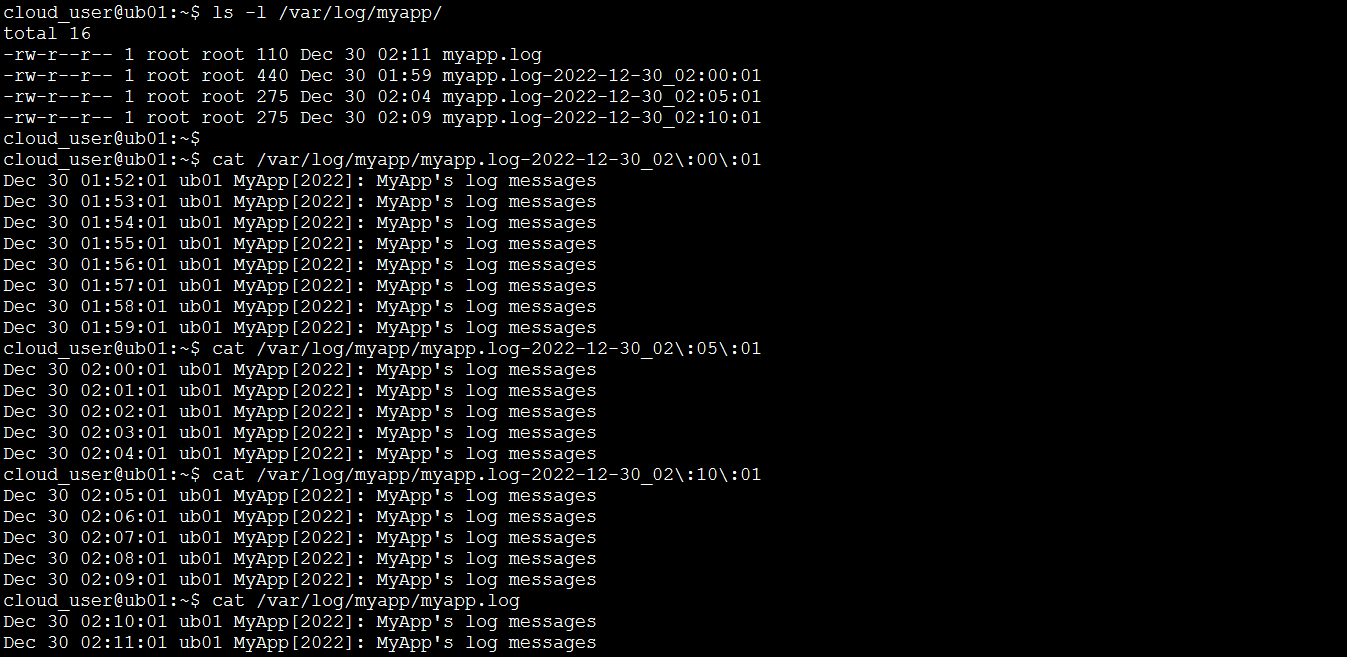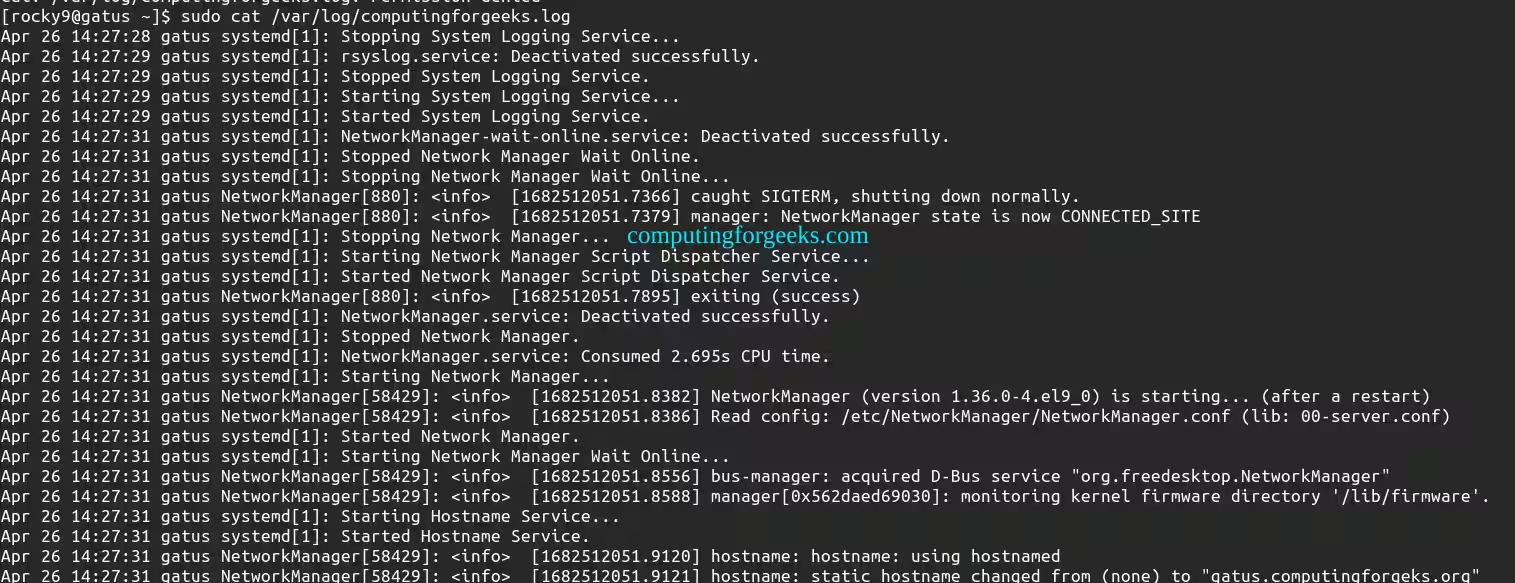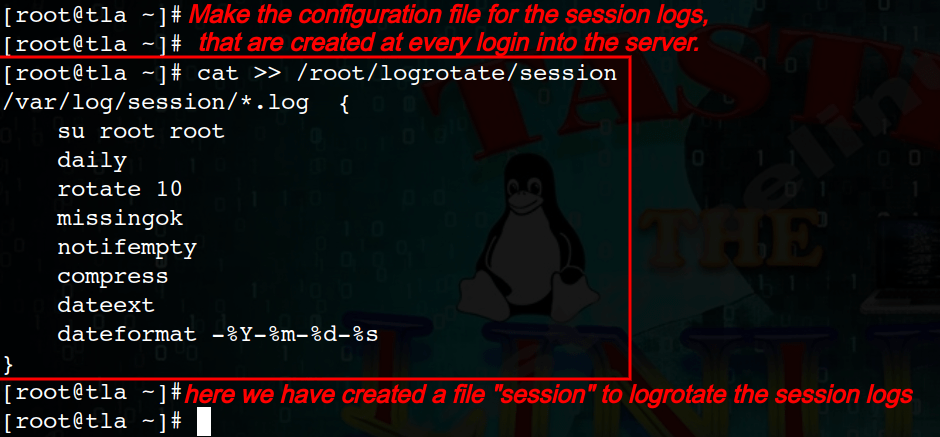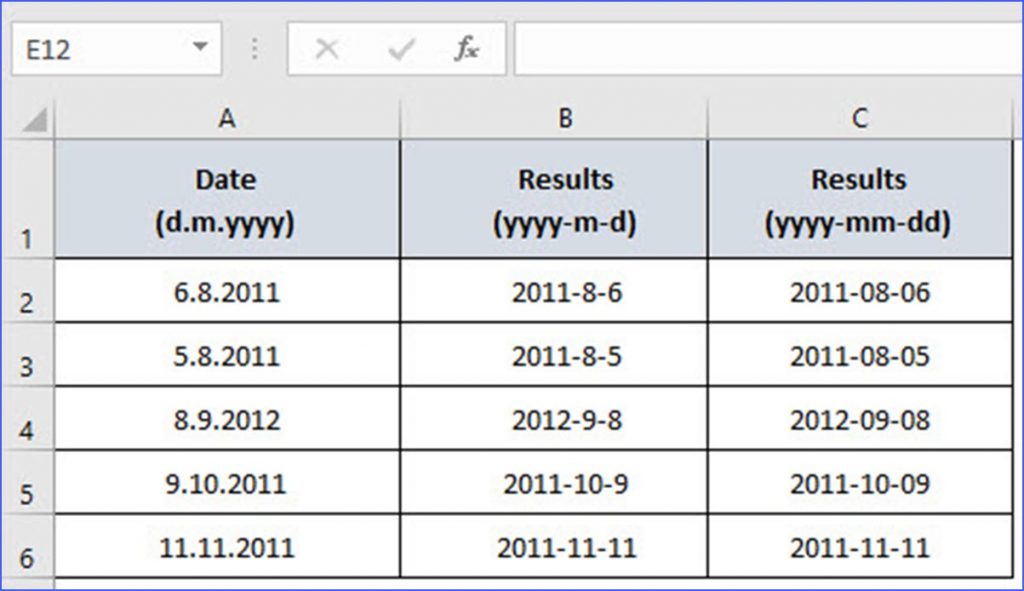Solving Logrotate Errors for SQLNet.Log

In the intricate world of database management and system administration, the efficient handling of log files is crucial for maintaining optimal performance and system health. One common challenge that administrators face is managing log files generated by various applications, including those related to SQLNet. Logrotate, a versatile tool for handling log files, can sometimes encounter errors when dealing with SQLNet.log files, leading to potential disruptions in system operations.
This comprehensive guide aims to provide an expert-level analysis and solution to logrotate errors specifically pertaining to SQLNet.log files. By delving into the intricacies of logrotate configurations, we will explore the root causes of these errors and offer practical strategies to mitigate them effectively. Whether you're a seasoned system administrator or a database professional, understanding and addressing these issues is paramount to ensuring seamless system functionality.
Understanding SQLNet.log and Its Significance

SQLNet, a vital component of Oracle’s networking stack, plays a crucial role in facilitating communication between database clients and servers. As a result of its extensive usage, SQLNet.log files are generated, capturing valuable information about database connections, authentication processes, and potential errors. These logs are essential for troubleshooting and maintaining the integrity of the database infrastructure.
However, as SQLNet.log files accumulate over time, they can consume significant disk space, leading to performance degradation and potential system instability. This is where logrotate steps in, offering a systematic approach to managing log files by rotating, compressing, and removing old logs.
Common Logrotate Errors with SQLNet.log

Despite its effectiveness, logrotate can encounter errors when dealing with SQLNet.log files. Some of the common issues administrators face include:
- Permission Denied Errors: Logrotate may encounter permission issues when attempting to access or modify SQLNet.log files, especially if the logrotate process runs under a different user or group.
- File Size Limitations: In certain configurations, logrotate might struggle to handle extremely large SQLNet.log files, leading to errors during the rotation process.
- Missing or Incomplete Configurations: Inadequate or incorrect logrotate configurations can result in errors, such as missing backup directories or improper compression settings.
Step-by-Step Guide to Solving Logrotate Errors for SQLNet.log
To address logrotate errors effectively, follow these systematic steps:
1. Identify the Root Cause
Before implementing any solutions, it’s crucial to identify the specific error causing the issue. Logrotate’s error messages often provide valuable insights. For instance, a “Permission denied” error suggests an issue with file permissions, while an “Invalid argument” error might indicate a configuration problem.
2. Review Logrotate Configuration
Examine the logrotate.conf file and any additional configuration files specific to SQLNet.log. Ensure that the configurations are accurate and tailored to the requirements of SQLNet.log files. Pay attention to the following aspects:
- File Paths: Verify that the file paths in the configuration match the actual location of SQLNet.log files.
- User and Group Settings: Ensure that the user and group specified in the configuration have the necessary permissions to access and modify the log files.
- Rotation Frequency: Consider adjusting the rotation frequency to prevent excessively large log files from causing issues.
3. Adjust File Permissions
If permission errors are the root cause, adjust the permissions of the SQLNet.log files and the directory they reside in. Use the chmod command to grant the necessary permissions to the logrotate user or group.
4. Optimize Compression Settings
If large file sizes are the issue, consider adjusting the compression settings in the logrotate configuration. Compressing log files can significantly reduce their size and improve disk space utilization. Experiment with different compression algorithms to find the optimal balance between file size and compression speed.
5. Implement Custom Scripts
In some cases, logrotate’s built-in features may not suffice. Consider creating custom scripts to handle specific aspects of log rotation for SQLNet.log files. These scripts can be integrated into the logrotate configuration using the prerm and postrm directives.
| Directive | Description |
|---|---|
| prerm | Allows the execution of a script before log rotation. |
| postrm | Executes a script after log rotation is complete. |

6. Regularly Monitor and Analyze Log Files
Proactive monitoring and analysis of SQLNet.log files are essential to identifying potential issues before they escalate. Utilize log management tools and monitoring solutions to keep a close eye on log file sizes, error rates, and system performance.
7. Collaborate with Database Administrators
Effective communication between system administrators and database administrators is key. Collaborate with your database team to understand the unique characteristics of SQLNet.log files and develop tailored solutions that align with the database infrastructure.
Advanced Techniques and Considerations
For more complex scenarios, consider the following advanced techniques:
- Log Aggregation and Centralized Monitoring: Implement a centralized log management system to aggregate SQLNet.log files from multiple sources, enabling efficient analysis and troubleshooting.
- Log Analysis Tools: Utilize specialized log analysis tools to gain deeper insights into SQLNet.log content, identify patterns, and detect anomalies.
- Automated Alerting: Set up automated alerting systems to notify administrators when specific errors or conditions are detected in SQLNet.log files.
Conclusion: A Proactive Approach to Log Management

Solving logrotate errors for SQLNet.log files requires a comprehensive understanding of log management principles, system configurations, and database operations. By following the systematic steps outlined in this guide, administrators can effectively address these issues and ensure the seamless operation of their database infrastructure.
Remember, a proactive approach to log management not only prevents potential disruptions but also enhances the overall performance and stability of the system. Regular monitoring, collaboration, and continuous improvement are key to maintaining a robust and efficient logging infrastructure.
How often should I rotate SQLNet.log files?
+The rotation frequency depends on various factors, including the rate of log generation, disk space availability, and the specific requirements of your database infrastructure. A common practice is to rotate logs daily or weekly, but this can be adjusted based on your system’s needs.
Can I use logrotate to archive SQLNet.log files instead of deleting them?
+Yes, logrotate provides the flexibility to archive log files instead of deleting them. By specifying the copytruncate option in the configuration, you can create backups of the log files while keeping the original file intact.
Are there any security considerations when managing SQLNet.log files?
+Absolutely! SQLNet.log files may contain sensitive information about database connections and authentication processes. Ensure that the files are stored securely and that access is restricted to authorized personnel only. Regularly review file permissions and consider encrypting sensitive log data.



